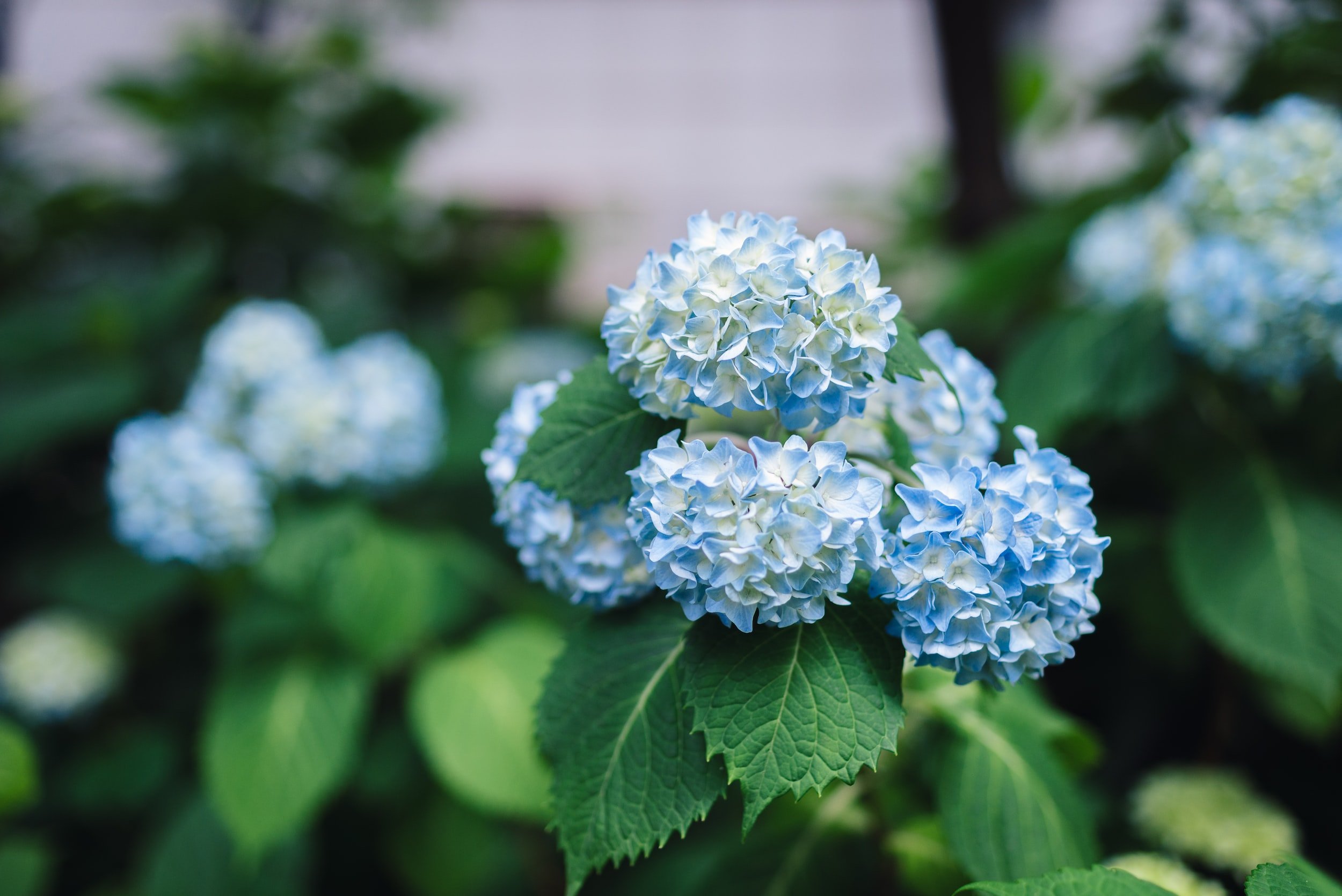Indicators on Hydrangea Leaves Turning Yellow You Need To Know
Hydrangea Leaves Turning Yellow Things To Know Before You Get This
Table of ContentsThe Ultimate Guide To Hydrangea Leaves Turning YellowThe Ultimate Guide To Hydrangea Leaves Turning YellowNot known Facts About Hydrangea Leaves Turning YellowThe 3-Minute Rule for Hydrangea Leaves Turning YellowHydrangea Leaves Turning Yellow Fundamentals ExplainedMore About Hydrangea Leaves Turning Yellow
Watering your plant with tough water creates the plant's leaves to transform yellow, but the capillaries will continue to be eco-friendly. Nitrogen is a primal nutrient for plants.Those signs include stunted growth and the yellowing of reduced, older fallen leaves in the plant. We're below to assist you with that (Hydrangea Leaves Turning Yellow).
Iron-tone prepares to use and needs no mixing and will certainly restore deep eco-friendly shade to chlorotic yellow plants, FOR NATURAL GARDENING: Iron-tone is approved for natural horticulture; It is a signed up Organic Input Product suggesting it satisfies all requirements for organic production, MADE IN THE U.S.A.: Product of the Espoma Firm.

The Buzz on Hydrangea Leaves Turning Yellow
This is one of the most typical issues that brand-new hydrangea garden enthusiasts and experienced veterans go with every season. There are a few, very typical, variables that can cause your hydrangea leaves to come to be blemished and brown.

Water in percentages, often permitting the water time to drain pipes. Due to too much fertilizing in summertime, a burn may show up on the leaves. Hydrangeas do not require too much when it comes to fertilizing. They take advantage of an application of plant food in the springtime. Feeding in the summer warmth can get complicated.
You may discover some brownish sides on your leaves. The leaves might become crispy. This is fertilizer melt. The burn shows up on the leaves, however that does not indicate that the fertilizer in fact made contact with the leaves. This type of shed normally comes from the origins, and that suggests you could have zapped the origins.
Getting My Hydrangea Leaves Turning Yellow To Work
If you have actually located these crispy leaves on your plant, you can leave them. Or you can trim them off to help the look of your plant. The most common parasites are aphids, spider mites and beetles. Hydrangeas can have issues with typical yard pests such as. The feeding injuries of these bugs can turn brown and trigger brownish areas to show up on the leaves and stems of the plant.
Knock the beetles into a pail of soapy water, or utilize a solid spray from your tube to interfere with the aphids. You can likewise spray soapy water onto every one of the plant's surface areas. In addition to these basic methods, you can to aid get rid of these parasites. It is essential to check out the application rate information that can be found on the label of the insecticide.
You can attempt to protect against fungal conditions by keeping your gardens neat and cost-free of particles. These fallen leaves that will certainly linger, waiting to attack in the following growing season.
Copper fungicides are, but if they are overused they can come to be poisonous to your plant. Clip the fallen leaves, and eliminate them from the yard.
Rumored Buzz on Hydrangea Leaves Turning Yellow

!! Water them gradually so the plants can soak up that water. Normally in areas where plants have actually come to be dried out, the soil is completely dry and the runoff of water comes to be a trouble.
If this is a reoccuring concern, you most likely require to reconsider your watering timetable. Established plants helpful hints might need to be watered one to 3 times weekly, relying on your conditions. These bushes will certainly do best with one inch of water per week. It might seem tempting to spray the leaves down.
Water the base of the plant,. As soon as the plant has rebounded, you can return to a normal watering schedule.
The Ultimate Guide To Hydrangea Leaves Turning Yellow
You can attempt to stop fungal conditions by maintaining your yards cool and without debris. Give your gardens a good fall and springtime tidy up and remove all fallen leave litter from the ground, as well as from within the crown of the plant. These fallen leaves that will certainly remain, waiting to attack in the following growing period.
Copper fungicides are, yet if they are overused they can end up being hazardous to your plant. Clip the fallen leaves, and remove them from the garden.
If they aren't getting adequate water, their leaves will certainly brown. Hydrangeas have a in the noontime sunlight, and jumping back as soon as the sun has actually moved and the plants have a long time to recuperate. If this happens consistently you may notice brown and crunchy fallen leaves that are drooping. This is their method helpful resources of letting us understand that it needs some added moisture.
To swiftly correct this, you will intend to water your hydrangeas!.?. !! Water them slowly so the plants can absorb that water. Typically in locations where plants have actually come to be dried out, the dirt is completely dry and the drainage of water ends up being a problem. Adding water to extremely dried out dirt and the issue will certainly not settle itself.
What Does Hydrangea Leaves Turning Yellow Do?
Established plants might need to be watered home one to three times per week, depending on your conditions. It may appear tempting to spray the leaves down.
Water the base of the plant,. When the plant has rebounded, you can resume a normal watering timetable. The majority of types and selections favor partial sunlight. Panicle hydrangeas like full sunlight, however the remainder of the group actually suches as partial color. Partial shade gives about 4 to six hours of sunshine.